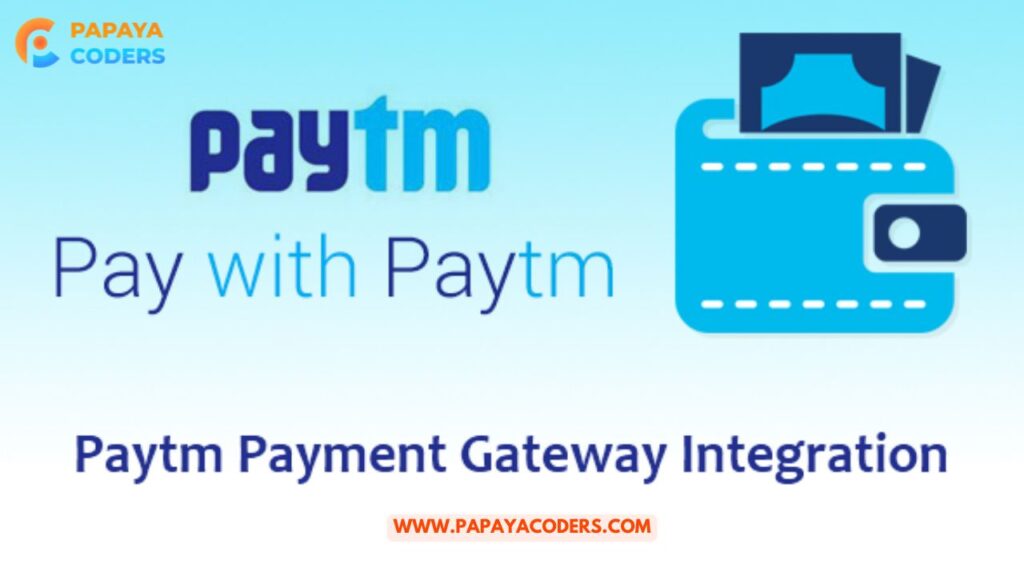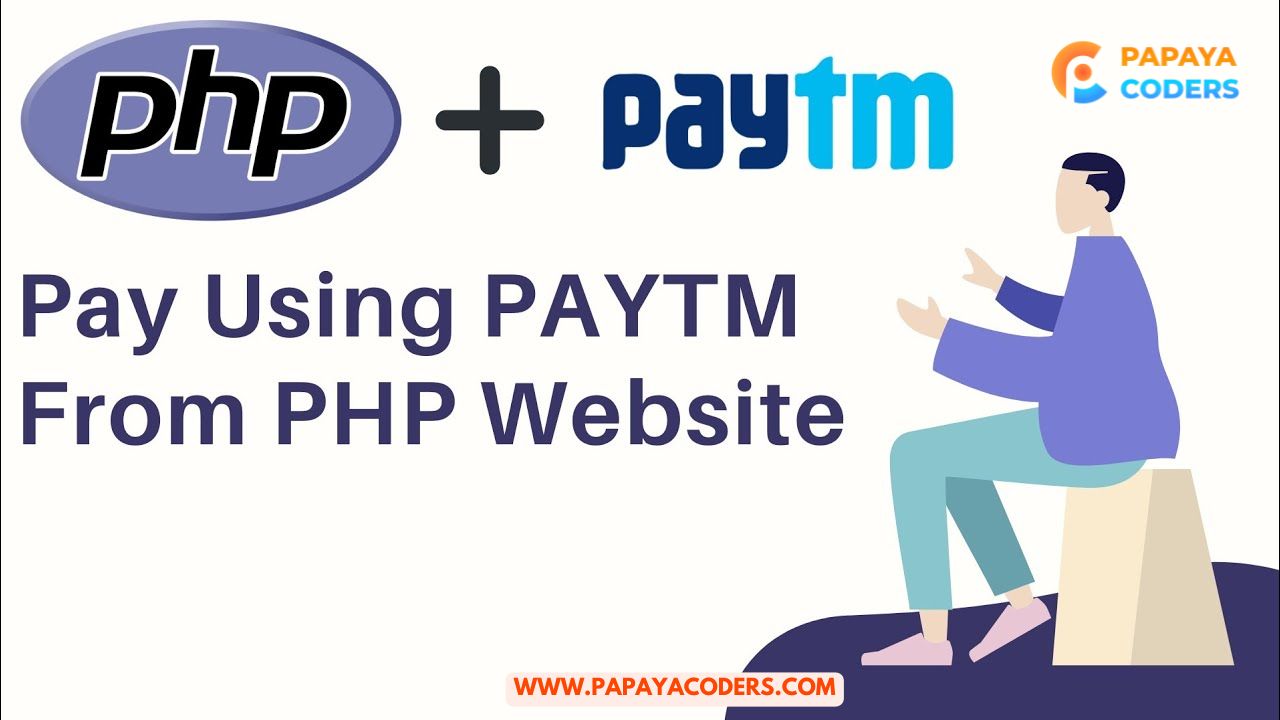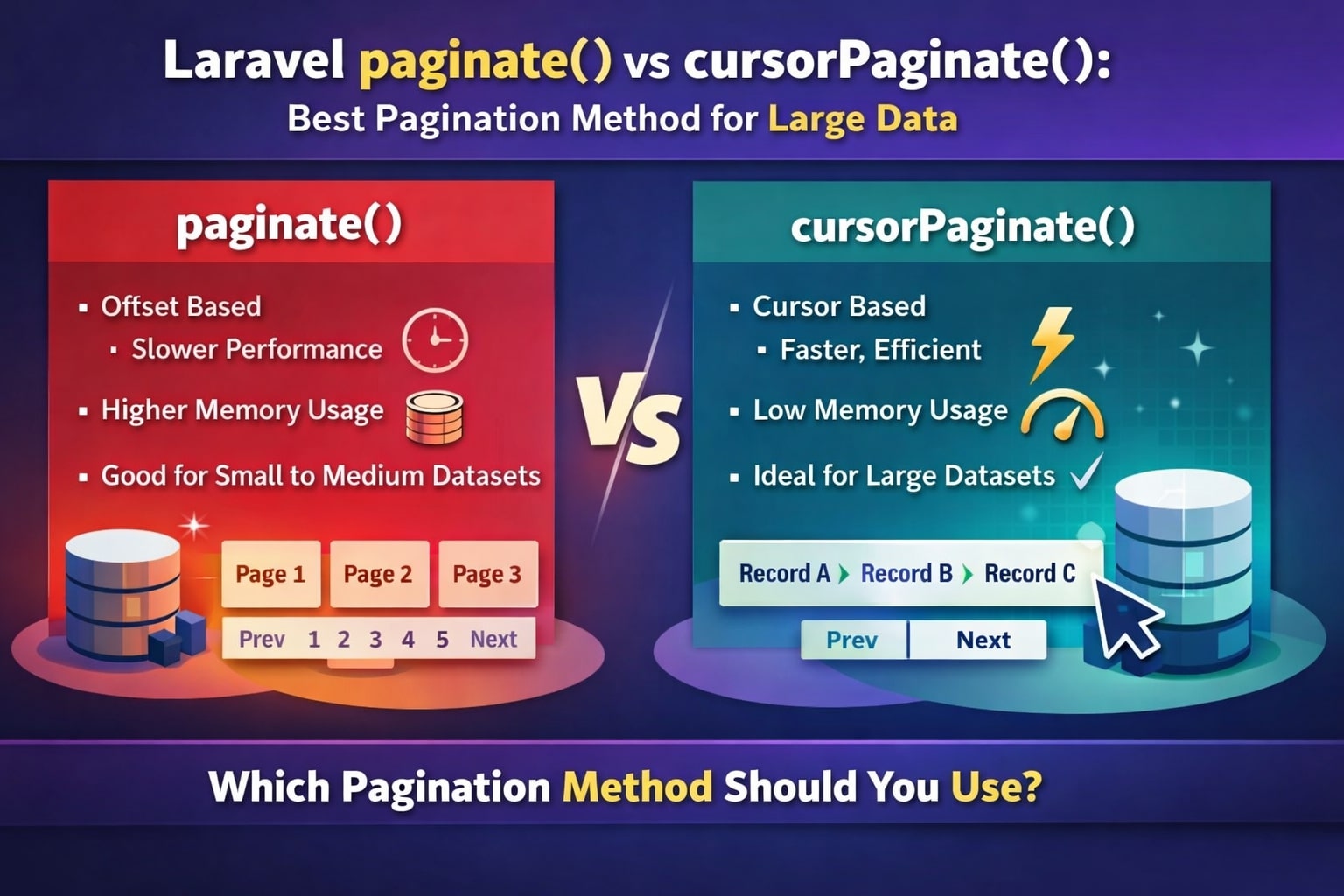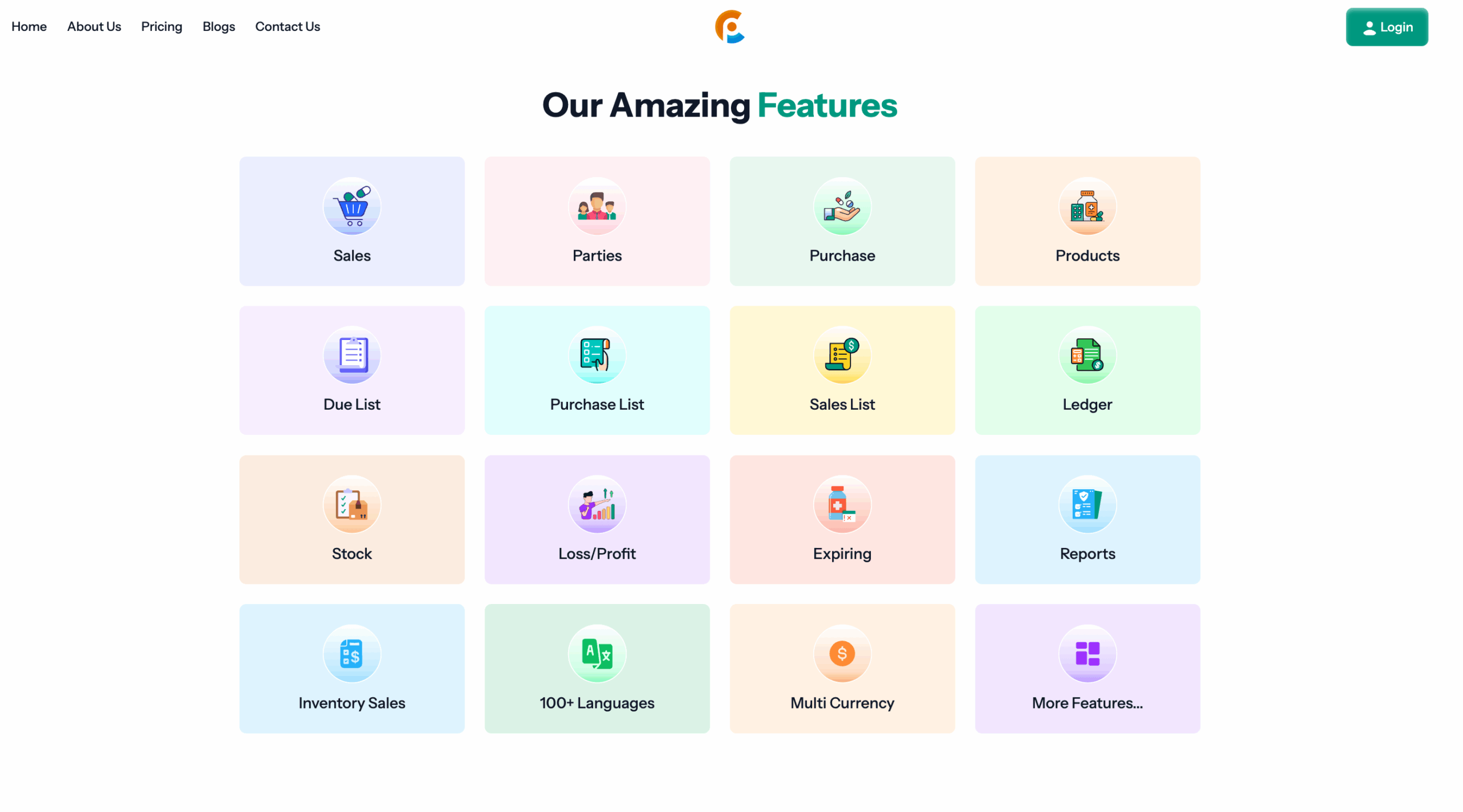In the modern digital economy, accepting online payments is crucial for businesses of all sizes. One of India’s most trusted payment platforms, Paytm offers a secure and easy-to-use payment gateway that can be integrated into your website or app. In this blog, we will show you how to integrate the Paytm payment gateway using PHP.
Why Choose Paytm Payment Gateway?
Before diving into the integration steps, let’s look at why Paytm is a preferred choice:
- Wide User Base: Millions of active users across India.
- Multiple Payment Options: Supports UPI, Credit/Debit Cards, Wallet, and Net Banking.
- Security: PCI-DSS compliant, SSL-secured transactions.
- Fast Settlements: Quick and reliable fund transfers.
Prerequisites for Integration
To integrate Paytm with your PHP-based website, you’ll need the following:
- A Paytm Business Account.
- Merchant ID (MID) and Merchant Key, provided by Paytm.
- A working PHP environment (XAMPP/LAMP or live server).
- Basic knowledge of PHP and HTML.
Step-by-Step Integration Process

Step 1: Create a Paytm Business Account
Go to Paytm for Business and register as a merchant. Once approved, you’ll receive:
- MID (Merchant ID)
- Merchant Key
- Website name
You’ll need these credentials for integrating the gateway.
Step 2: Download the Paytm PHP SDK
Paytm provides a developer kit (SDK) for easy integration.
- Download it from Paytm Developer Docs.
- Unzip the files and place them into your project folder.
Step 3: Create a Transaction Page
Create an HTML form where users can enter payment details.
<form method="post" action="pgRedirect.php">
<input type="text" name="ORDER_ID" value="ORD123456" hidden>
<input type="text" name="CUST_ID" value="CUST001" hidden>
<input type="text" name="TXN_AMOUNT" value="100">
<input type="submit" value="Pay Now">
</form>
This form sends data to the pgRedirect.php file, which handles request redirection to Paytm.
Step 4: Configure config_paytm.php
This file contains your merchant credentials. Make sure it’s included in your project and configured properly.
define('PAYTM_ENVIRONMENT', 'TEST'); // or 'PROD'
define('PAYTM_MERCHANT_KEY', 'Your_Merchant_Key');
define('PAYTM_MERCHANT_MID', 'Your_MID');
define('PAYTM_MERCHANT_WEBSITE', 'WEBSTAGING'); // or your live website nameStep 5: Handle the Callback with pgResponse.php
After payment, Paytm will redirect to your callback URL with the transaction response.
include("config_paytm.php");
include("encdec_paytm.php");
$paytmChecksum = "";
$paramList = $_POST;
$isValidChecksum = false;
$paytmChecksum = isset($_POST["CHECKSUMHASH"]) ? $_POST["CHECKSUMHASH"] : "";
$isValidChecksum = verifychecksum_e($paramList, PAYTM_MERCHANT_KEY, $paytmChecksum);
if ($isValidChecksum && $_POST["STATUS"] == "TXN_SUCCESS") {
echo "Transaction successful!";
// Process order
} else {
echo "Transaction failed!";
}Testing the Integration
Paytm provides a sandbox environment for testing. Use the provided test credentials to simulate payments before going live.
Final Thoughts:-
Integrating Paytm Payment Gateway in PHP is a simple yet powerful way to enable digital payments on your platform. Whether you’re running an e-commerce store or a service-based website, the integration helps you accept payments securely and reliably.
Read also:-
- How You Can Optimize Your Google My Business (GMB) Listing For SEO In 2025
- How to Become a PPC Expert: A Step-by-Step Guide in 2025!
For live implementation, make sure you switch to production credentials and follow all security guidelines.








